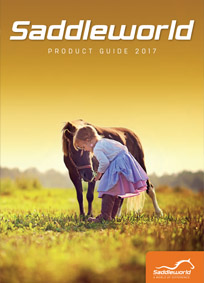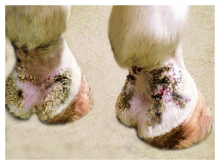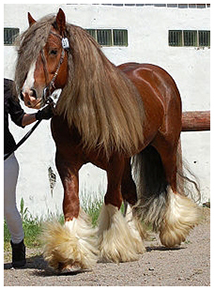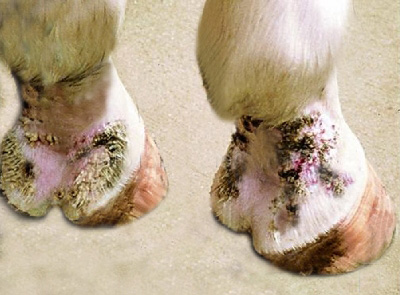- Home
Welcome to Saddleworld!
The Saddleworld Website is a showcase
of a selected range of products that are available from any Saddleworld throughout Australia.If you would like to purchase a specific product, please contact your nearest store.
Click on Our Stores to find your nearest Saddleworld Store!
- Brands
- Products
Saddleworld Products & Brands
Saddles
Bridlewear
Tack Room
Horse Boots
- Kentucky »
- Eurohunter »
- Eurohunter »
Helmets
- Our Stores
Choose your nearest store
New South Wales
Queensland
South Australia
- Evandale »
- Gawler »
- Mt Barker »
- Mt Gambier »
- Wangara »
- Devonport »
- Launceston »
Western Australia
Tasmania
- News & Tips
- Catalogues
2017 Saddleworld Product Guide Out Now!

The 2017 Saddleworld Product Guide is out now.
Visit your nearest Saddleworld store and pick up your FREE copy today.
View the 2017 Product Guide Online Now!- About Us

MUD FEVER – the things you should know!

Many horses and ponies are susceptible to skin problems and the wet winter months can present seasonal difficulties for horses. Those with long hair on their legs and white socks, are particularly at risk and hind legs are more prone to mud fever than the front. The condition is very painful and spreads quickly. Severe cases are difficult to treat, as horses become resentful and resistant, posing risks for their carer or handler.
A troublesome bout of mud fever can make life miserable for horses and burden their owners with a significant time commitment and possibly the need to resort to expensive veterinary care.
 Picture Right - Many of todays fashionable breeds have heavily "feathered" legs and can be prone to Mud Fever. This is a great example of a Gypsy Cob or Cypsy Vanner.
Picture Right - Many of todays fashionable breeds have heavily "feathered" legs and can be prone to Mud Fever. This is a great example of a Gypsy Cob or Cypsy Vanner.“Mud fever” is a general term given to a dermatitis caused by the bacterium Dermatophilus Congolensis. The condition presents as scaly sores on the heels, pasterns and legs. If left untreated, it will deteriorate into painful, weeping lesions with cracked, swollen, red and inflamed skin. Training and other daily exercise routines become impossible or inappropriate if the horse is in discomfort such as seen in extreme cases.
A daily inspection of the horse, taking particular care to thoroughly check the legs to identify the onset of skin conditions, is an essential part of good animal husbandry. Early intervention is the best mud fever preventative and neglect will see the bacteria take over to quickly become widespread and extremely difficult to eradicate.
The horse’s legs become swollen and inflamed. Lameness can develop as a secondary symptom and treatment involves removing the scaly, scabs by abrasive cleaning of the skin with a small nail brush, then carefully and thoroughly drying (a hair dryer on cool can also be helpful) before applying a soothing and healing cream. This routine should be part of the daily care until a significant improvement is seen. Early prevention is a very wise course of action to preserve the goodwill of the horse and keep the handler safe.

Above - This is an example of mud fever. in an advanced and very painful stage. The scabs are turning black and must be removed and the red inflamed (and very sore) skin treated with an antibacterial product, specifically for treating the condition. Care must be taken when treating horses with mud fever, as they can be resentful and reactionary. The handler is at risk of being kicked or struck by a horse looking to avoid the removal of the scabs.
Mud fever can be difficult to control and fastidious daily care and attention to cleanliness is essential. Horses kept in a muddy, dirty environment or those in poor body condition, are most at risk.
Mud Fever “symptoms” can also present in the dry, summer months. This is usually caused by a different organism or fungal infection. In some cases, a UV sensitivity described as UVitis is responsible for the summertime “mud fever” outbreak. Treatment will vary from the recommendations for true mud fever and with UVitis, it is often helpful to limit the exposure to the sun or cover the legs to provide an external UV barrier.Here are some hints for managing mud fever:
1. Keep horses with white legs or otherwise prone to mud fever out of wet or dirty conditions. Muddy yards with stale manure, invite bacteria and provide the conditions for mud fever to take hold.
2. Good hygiene and management routines help to minimize the risk.
Effective treatment requires that you remove the scabs carefully (if you can) with the help of warm water, nail brush and a medicated equine shampoo or specific mud fever wash. In extreme cases, a surgical antibacterial or antifungal scrub may be more effective.
3. Do not try to remove the scabs too early in the mud fever cycle, as this will leave open bleeding lesions and the legs will easily become re-infected.
When the scabs go black, they are ready to fall off (with your help!)
4. Cleanliness is essential. Keep bedding in stables and tie up stalls fresh and clean. Keep yards and wet areas clean and free of stagnant water or a mud/manure mix.
5. Even in the winter months, horses will benefit from time outdoors in a natural environment. Fresh air is nature’s healer and horses stabled 24/7 are prone to many health problems which include life threatening stress colic and digestive disorders.
6. Pay attention to thorough cleaning and drying of legs. Perform a final dry with an absorbent bath towel, which should be washed after use so that it is clean for next time and not harbouring germs that can re-infect or be passed on to other horses.
7. Clipping the long hair from the legs can help keep legs dry and aid healing by inhibiting the growth of bacteria. The long hair traps moisture and facilitates the spread of infection.
8. In extreme cases of mud fever, veterinary intervention may be necessary.
At the first sign of mud fever symptoms, be sure to visit your local Saddleworld Store, (check www.saddleworld.com.au for store details) and ask about the veterinary and/or horse health products that will help you to manage the condition before it becomes necessary to call a vet.By Saddleworld Media












 Brands
Brands
Ammo
Eurohunter Rugs
Grazioli Boots
Kentucky Horseware
PDS Carl Hester Collection
Pessoa Saddles
Prestige Saddles
Thorowgood
Trainer’s
Sponsored Events
Saddleworld Melbourne International 3DE
Saddleworld Australian Youth Showjumping Championships
Saddleworld Brisbane CDI
PSI Dressage & Jumping with the Stars
Copyright © 2013 Saddleworld Pty Ltd.
Taking care of all your horse needs. Saddles, horse rugs, riding equipment, bridles, saddlery, clothing, veterinary supplies. All Rights Reserved.
Home | Privacy Policy | Pricing Policy | Contacts | Join - Products



